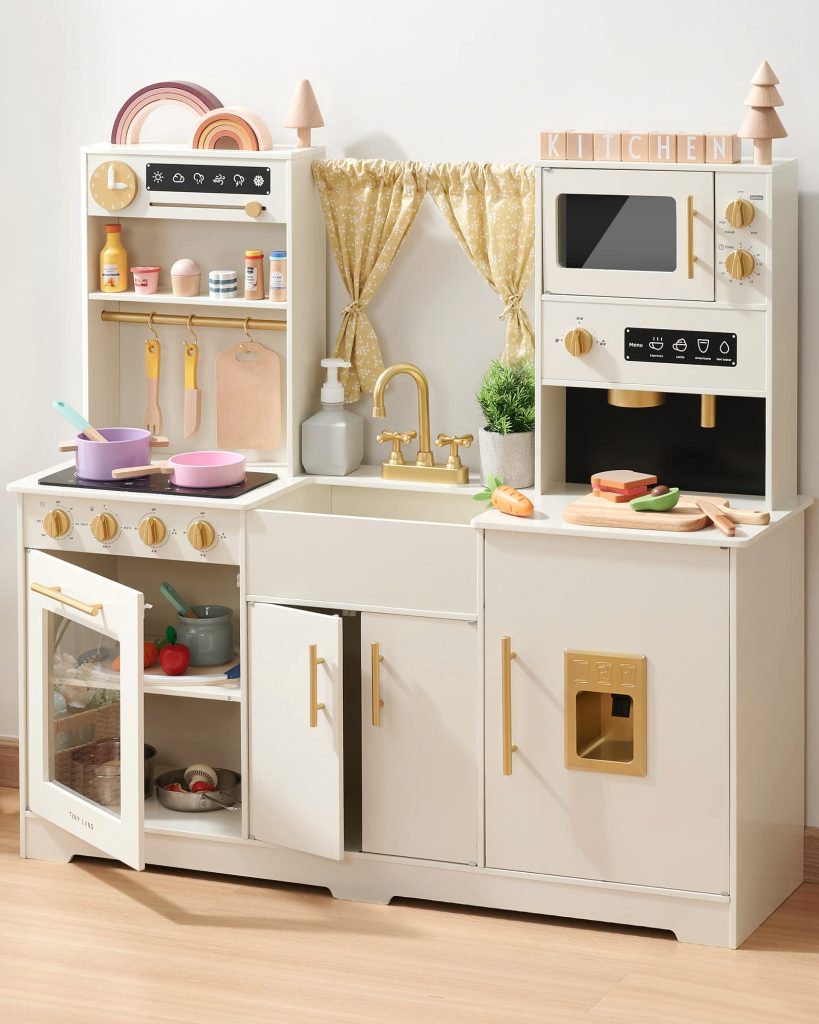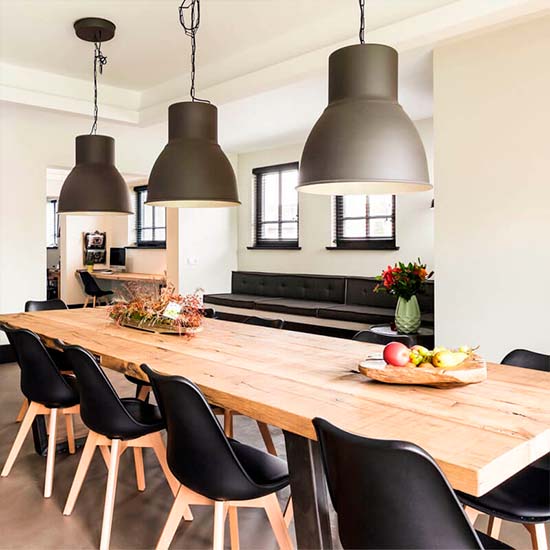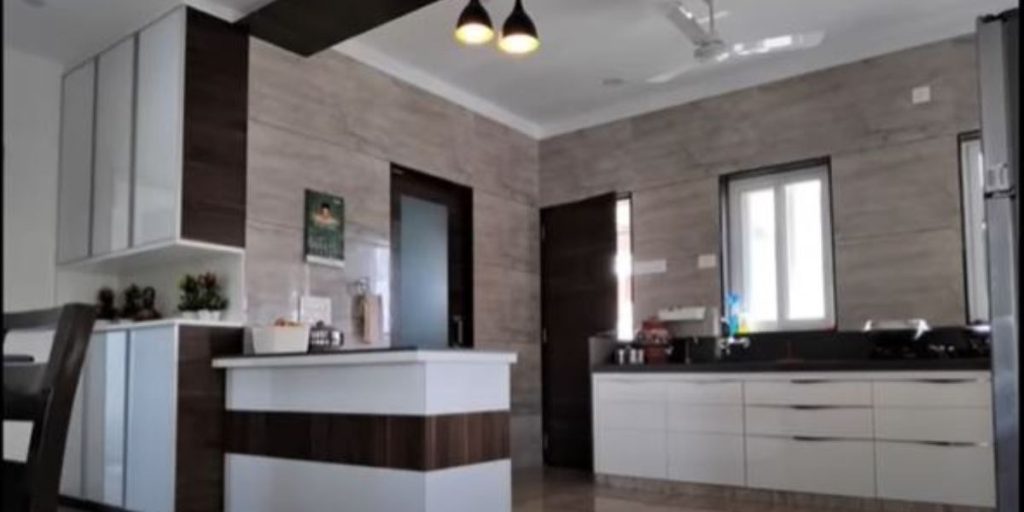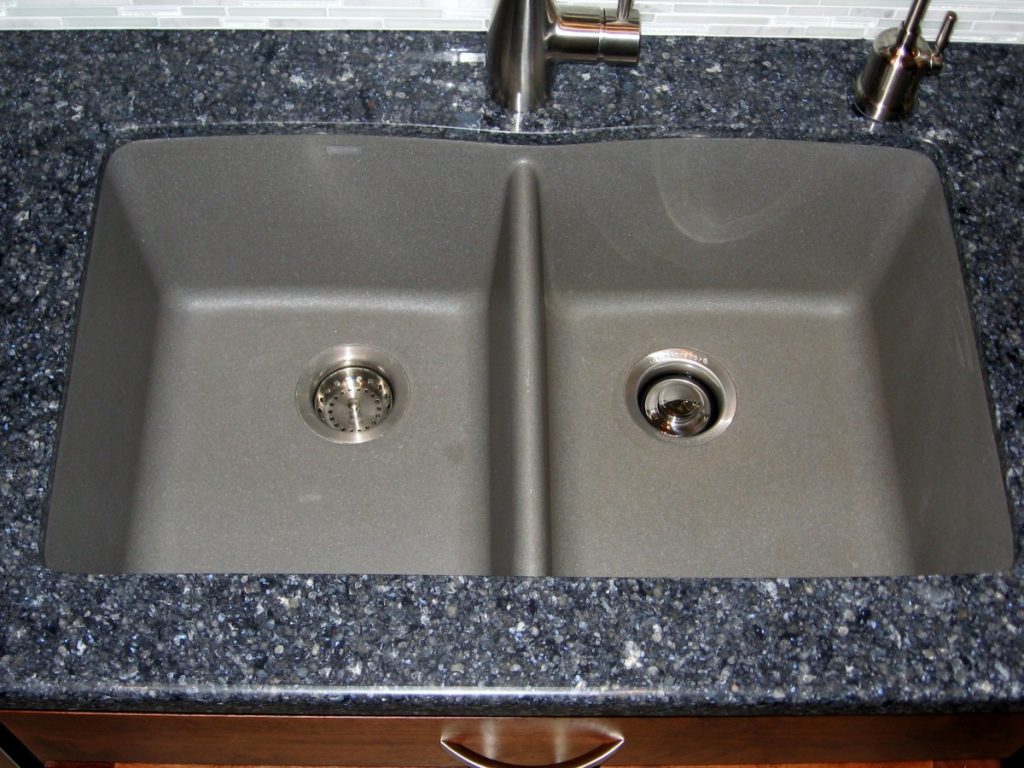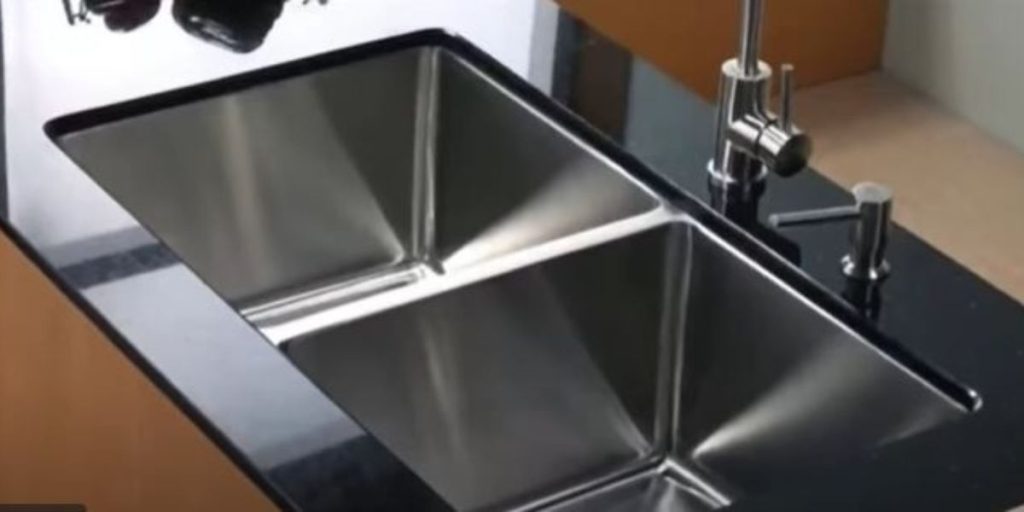The ultimate destination for all your kitchen needs. At Best Kitchen Corner, we understand the importance of having a well-equipped kitchen.
Featured Categories
Welcome to the Best Kitchen Corner Blog.
Filter
Recommended For You
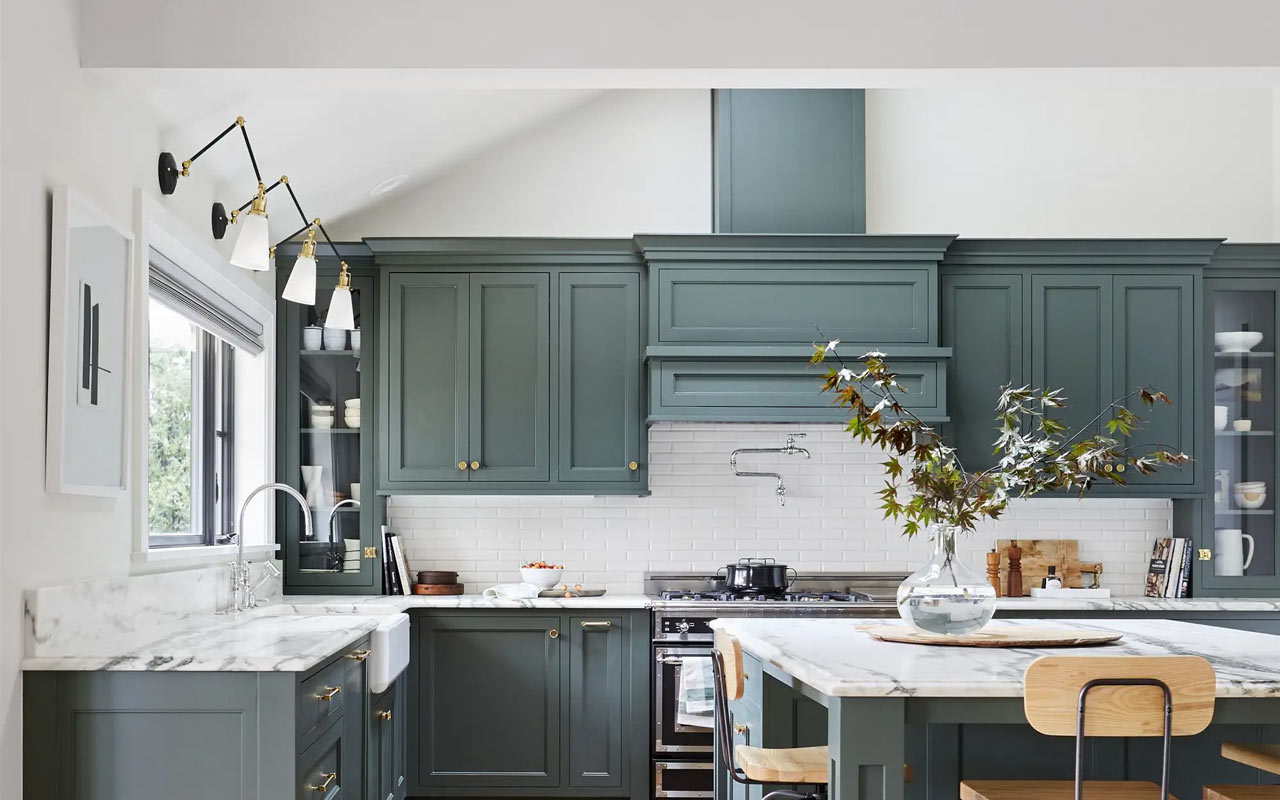
The Best Kitchen Corner Blog
Our Products
At Best Kitchen Corner home page, we have an extensive range of kitchen products, including blenders, juicers, coffee makers, food processors, air fryers, and much more. We have carefully curated our product range to ensure that we only offer the best products that are functional, durable, and easy to use.
That’s why we have provided detailed product reviews, guides, and comparisons to help you make an informed decision. Our product reviews are unbiased and based on our personal experience with the products.
Why Choose Us?
At Best Kitchen Corner home page, We believe that kitchen appliances should make your life easier and more enjoyable, which is why we have carefully selected our product range to ensure that we offer only the best products available in the market.
One of our most popular categories is kitchen appliances. We have a wide selection of appliances that will help you save time and energy in the kitchen. Our cookware collection includes everything from pots and pans to woks, griddles, and more. We have everything you need to bake delicious cakes, bread, and pastries. Our bakeware collection includes cake pans, muffin pans, baking sheets, and more.
At Best Kitchen Corner home page, we understand that having the right kitchen tools is essential for any cook. That’s why we have a wide range of kitchen tools that will make your cooking experience easier and more efficient.
We take pride in our customer service and are always here to help you with any questions or concerns you may have. Our team is knowledgeable about our products and will assist you in finding the right products for your needs.
We hope you enjoy shopping at Best Kitchen Corner and find everything you need for your kitchen.
Subscribe Now!
Your dream kitchen is just a click away—Enter your email below to receive a curated dose of design inspiration directly to your inbox.



